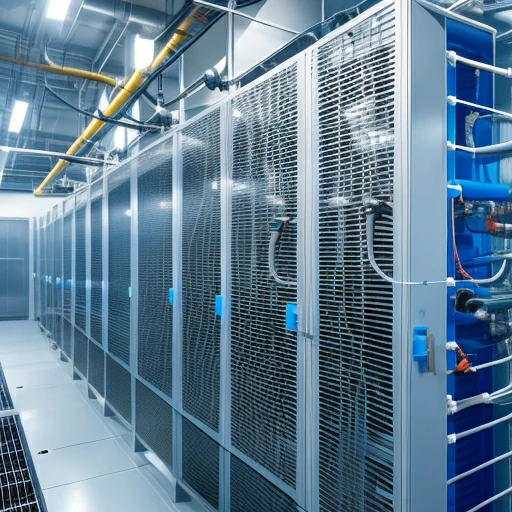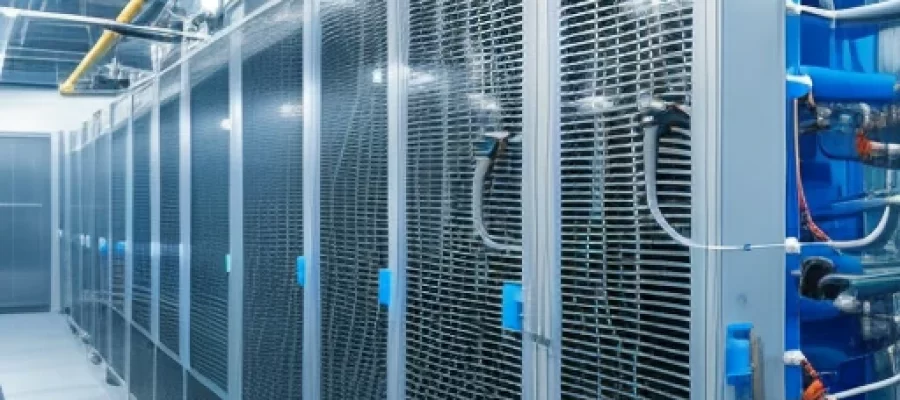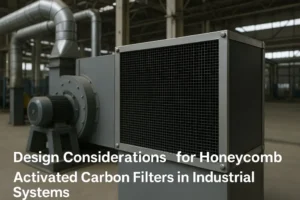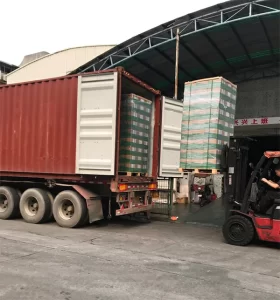Server rooms are enclosed environments where harmful gases such as formaldehyde, benzene, and ammonia can easily accumulate. These gases can affect human health, causing symptoms such as headaches, eye irritation, and coughing. Therefore, effectively dealing with harmful gases in server rooms has become a crucial issue. Activated carbon adsorption is a commonly used method with a broad range of applications.

Principle of Activated Carbon Adsorption
Activated carbon is a carbon material with a highly developed pore structure and a vast specific surface area, possessing excellent adsorption properties and catalyst characteristics. The principle of activated carbon adsorption is based on its physical or chemical action on gas molecules on its surface or within its pores. When harmful gases pass through the activated carbon bed, these gas molecules are adsorbed onto the surface or into the pores of the activated carbon, thus achieving purification.
Methods of Activated Carbon Adsorption for Treating Harmful Gases in Server Rooms
1. Static adsorption: Placing an activated carbon bed in the server room allows harmful gases to naturally diffuse to the surface or into the pores of the activated carbon, achieving purification.
2. Dynamic adsorption: Allowing harmful gases to pass through the activated carbon bed results in an adsorption reaction between the gases and the surface or pores of the activated carbon, thereby adsorbing harmful gases.
3. Flow-through adsorption: Adding activated carbon to harmful gases and allowing the gases to pass through the activated carbon bed achieves purification.
Advantages of Activated Carbon Ventilation Systems for Handling Harmful Gases in Server Rooms
1. High efficiency: Deploying special-purpose HANYAN activated carbon directly in ventilation ducts can effectively remove harmful gases in the air.
2. Simple operation: The operation of adsorbing harmful gases in server rooms with activated carbon is straightforward, not requiring complex equipment or techniques.
3. Broad applicability: Activated carbon adsorption can be used in a wide range of applications, treating various harmful gases.
Precautions for Activated Carbon Adsorption in Treating Harmful Gases in Server Rooms
1. Choose the appropriate type of activated carbon: Different kinds of activated carbon have various adsorption capabilities and scopes of application. It’s necessary to choose the right type of activated carbon based on the characteristics and concentration of the harmful gases in the server room.
2. Control the quantity of activated carbon used: The amount of activated carbon needed should be determined based on the volume of the server room and the concentration of the harmful gases. Both an excessive or insufficient quantity of activated carbon can lead to poor treatment results.
3. Timely replacement and maintenance of activated carbon: The adsorption capacity of activated carbon is limited. When the activated carbon reaches a certain saturation point, it must be replaced or regenerated to maintain its effectiveness.
In conclusion, activated carbon adsorption is an effective method for treating harmful gases in server rooms. It offers high treatment efficiency, simple operation, broad applicability, and potential for reuse. When treating harmful gases in server rooms, it’s essential to choose the right type(pellet activated carbon, extruded activated carbon, honeycomb activated carbon) and amount of activated carbon and to replace and maintain the activated carbon timely to ensure treatment effectiveness and safety.




